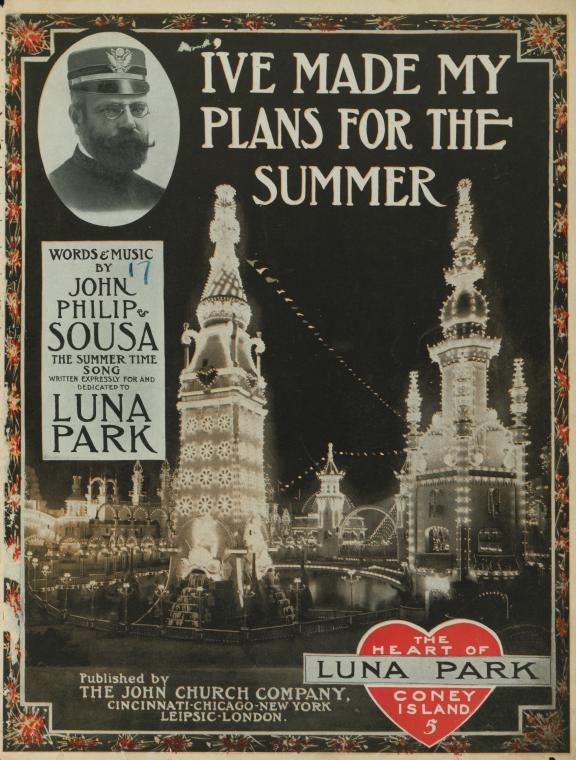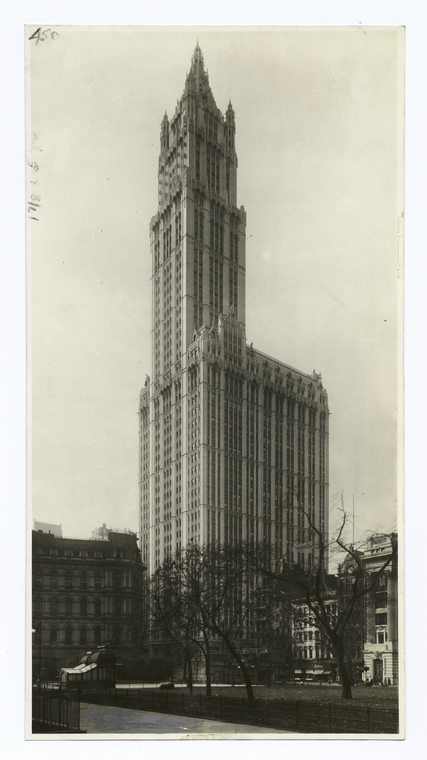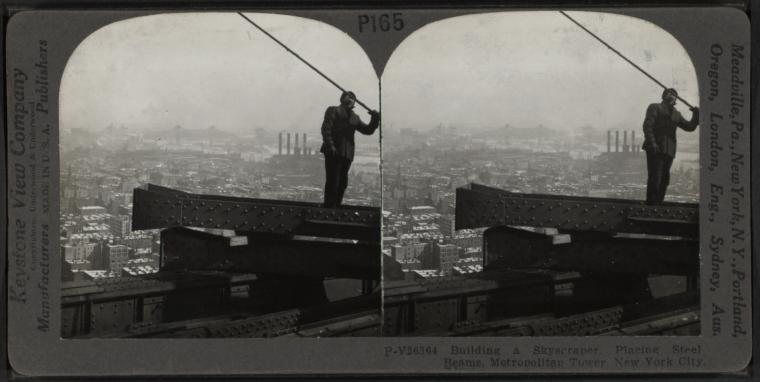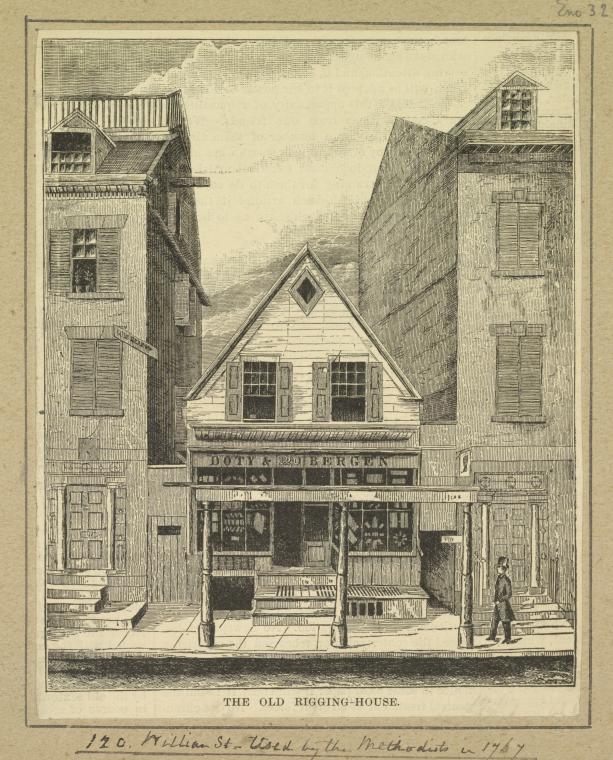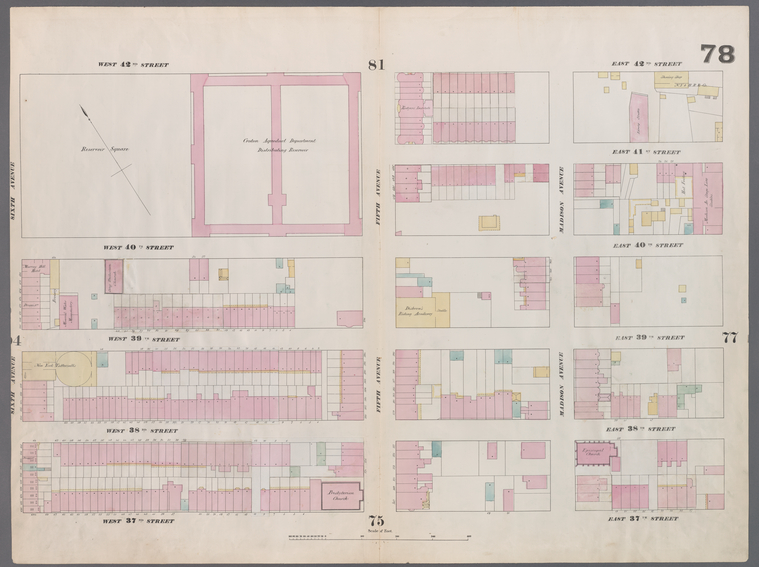Read E-Books with SimplyE
 With your library card, it's easier than ever to choose from more than 300,000 e-books on SimplyE, The New York Public Library's free e-reader app. Gain access to digital resources for all ages, including e-books, audiobooks, databases, and more.
With your library card, it's easier than ever to choose from more than 300,000 e-books on SimplyE, The New York Public Library's free e-reader app. Gain access to digital resources for all ages, including e-books, audiobooks, databases, and more.
If you don’t have an NYPL library card, New York State residents can apply for a digital card online or through SimplyE (available on the App Store or Google Play).
Need more help? Read our guide to using SimplyE.


![Harlow house, or Doten house, [Plymouth, Massachusetts]., Digital ID 418419, New York Public Library Harlow house, or Doten house, [Plymouth, Massachusetts]., Digital ID 418419, New York Public Library](https://images.nypl.org/?id=418419&t=w)
![//creativecommons.org/licenses/by/2.5), GFDL (www.gnu.org/copyleft/fdl.html) or CC-BY-SA-3.0 (http://creativecommons.org/licenses/by-sa/3.0/)], from Wikimedia Commons Elderly Woman , B&W image by Chalmers Butterfield](http://upload.wikimedia.org/wikipedia/commons/thumb/7/7d/Elderly_Woman_%2C_B%26W_image_by_Chalmers_Butterfield.jpg/256px-Elderly_Woman_%2C_B%26W_image_by_Chalmers_Butterfield.jpg)
![[Woman in a green dress sits at a table with a copy of Lippincott's in front of her.],Lippincott's September., Digital ID 1259028, New York Public Library [Woman in a green dress sits at a table with a copy of Lippincott's in front of her.],Lippincott's September., Digital ID 1259028, New York Public Library](https://images.nypl.org/?id=1259028&t=w)


